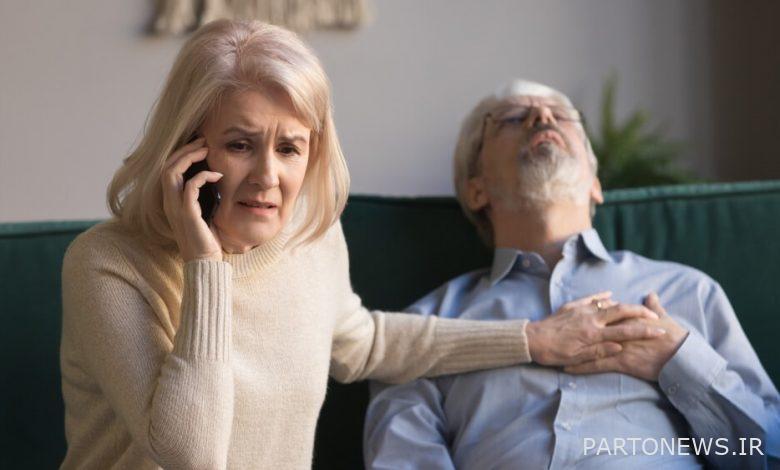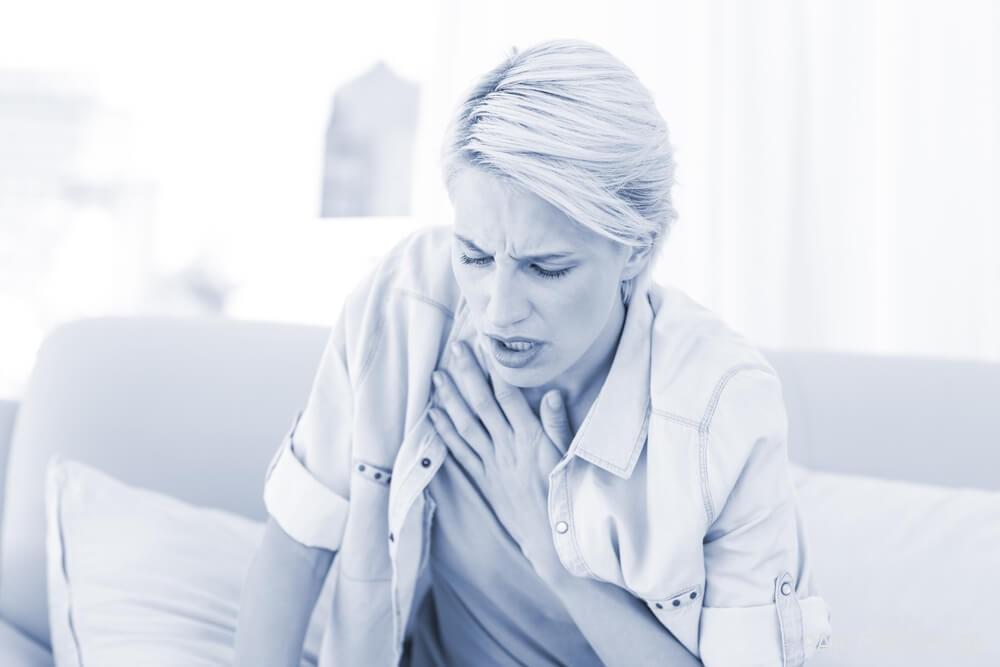Shortness of breath after coronary heart disease

What you need to know about COVID-19 and shortness of breath
Shortness of breath is one of the symptoms of COVID-19. A person may feel unable to breathe or take deep breaths. A virus called Acute Respiratory Syndrome (SARS-CoV-2) causes coronavirus (COVID). It can cause shortness of breath, other respiratory symptoms, and other types of symptoms that you can seek advice from. More than nursing services کیان Benefit.
The severity of COVID-19 cases varies. Some people recover at home, while others experience side effects with treatments such as oxygen therapy and mechanical ventilation and require more intensive care.
Some symptoms may help a person determine if COPID-19 is shortness of breath or another health problem. We will examine these cases below.
Shortness of breath is a common symptom of COVID-19 (coronavirus). Some people describe it as a feeling of “bloating”, “shortness of breath” or “bloating”. The feeling of shortness of breath may continue for some time after your illness. This is a normal part of the recovery process.
COVID-19 usually affects the respiratory system. This can lead to lung damage, which takes time to heal. This shortness of breath scale tells you how well your lungs are healing.
You should try when you feel short of breath:
Stop talking and moving
Give yourself time to regain your breath
Relax or distract yourself by focusing on the image or window view
Controlling shortness of breath means controlling breathing. You can do this no matter how fast or shallow your breath.
Situations that help you breathe
Choose a position that makes breathing easier for you. Effort and calmness are very important in these situations. Focus on relaxing your neck and shoulder muscles.
How to control your breathing
Breathe slowly with the abdomen
Abdominal breathing practice
How does shortness of breath feel?
People experience shortness of breath differently. As experts observe, this is a valid source of mental feeling and can vary in severity. Some people describe shortness of breath. Others feel unable to breathe deeply enough or take satisfactory breaths.
When it is severe, it can cause the person to be constantly breathing or trying to breathe.
You may also feel tightness in your chest, especially when trying to inhale or exhale completely.
These symptoms may occur during physical activity, although they may also occur during rest periods.
Normal activities can also cause shortness of breath, for example:
to dress
Walking to the bathroom
Doing things around the house
Other symptoms of COVID-19
COVID-19 can cause a wide range of symptoms. The most common of these are fever, dry cough and fatigue, according to a World Health Organization (WHO) source.
A credible source at the Centers for Disease Control and Prevention (CDC) observes that many people with COVID-19 experience:
Fever
لرز
Cough
Muscle aches
Headache
Sore throat
Congestion or runny nose
Shortness of breath or other respiratory problems
Loss of taste or smell
Nausea, sometimes with vomiting
Diarrhea
In severe cases that require immediate attention, shortness of breath may occur with the following::
Persistent pain or stiffness in the chest
Confusion
High fever
Loss of speech or movement
Difficulty waking up or staying awake
Lips, face or nails are pale or bluish
In general, it is important to keep in mind that COVID-19 can appear unusual and that symptoms can vary greatly from person to person.
How quickly does shortness of breath occur?
Symptoms of COVID-19 may appear 2 to 14 days after SARS-CoV-2 exposure.
The time between exposure to the virus and the onset of symptoms is up to 14 days. But many people experience symptoms within 4-5 days
Some research shows that breathing problems occur on average 5 days after the first symptoms of COVID-19 appear in people who need hospital care for the disease.

How COVID-19 causes shortness of breath
Shortness of breath, like some other symptoms of COVID-19, is caused by the disease affecting the lungs.
Normally, the lungs receive oxygen with each breath, and small air sacs called alveoli absorb this oxygen and carry it to nearby blood vessels. In this way, oxygen enters the bloodstream and reaches the rest of the body. The alveoli also absorb carbon dioxide from the blood, which is exhaled.
When to seek medical attention
Every person with COVID-19 experiences it differently, and not all respiratory problems mean that the disease is serious.
Shortness of breath may be mild, similar to that caused by a cold or the flu. In this case, it is important to stay home and rest.
COVID long and shortness of breath
Some people experience COVID-19 symptoms for weeks or months after recovering from the initial infection. This cove is called long and may be short of breath.
A February 2021 analysis showed that people with a positive infection had symptoms after 5 weeks and about 10 after 12 weeks. In others, symptoms may last for 6 months or more.
Please rate this article
[مجموع: ۱ میانگین: ۳]


